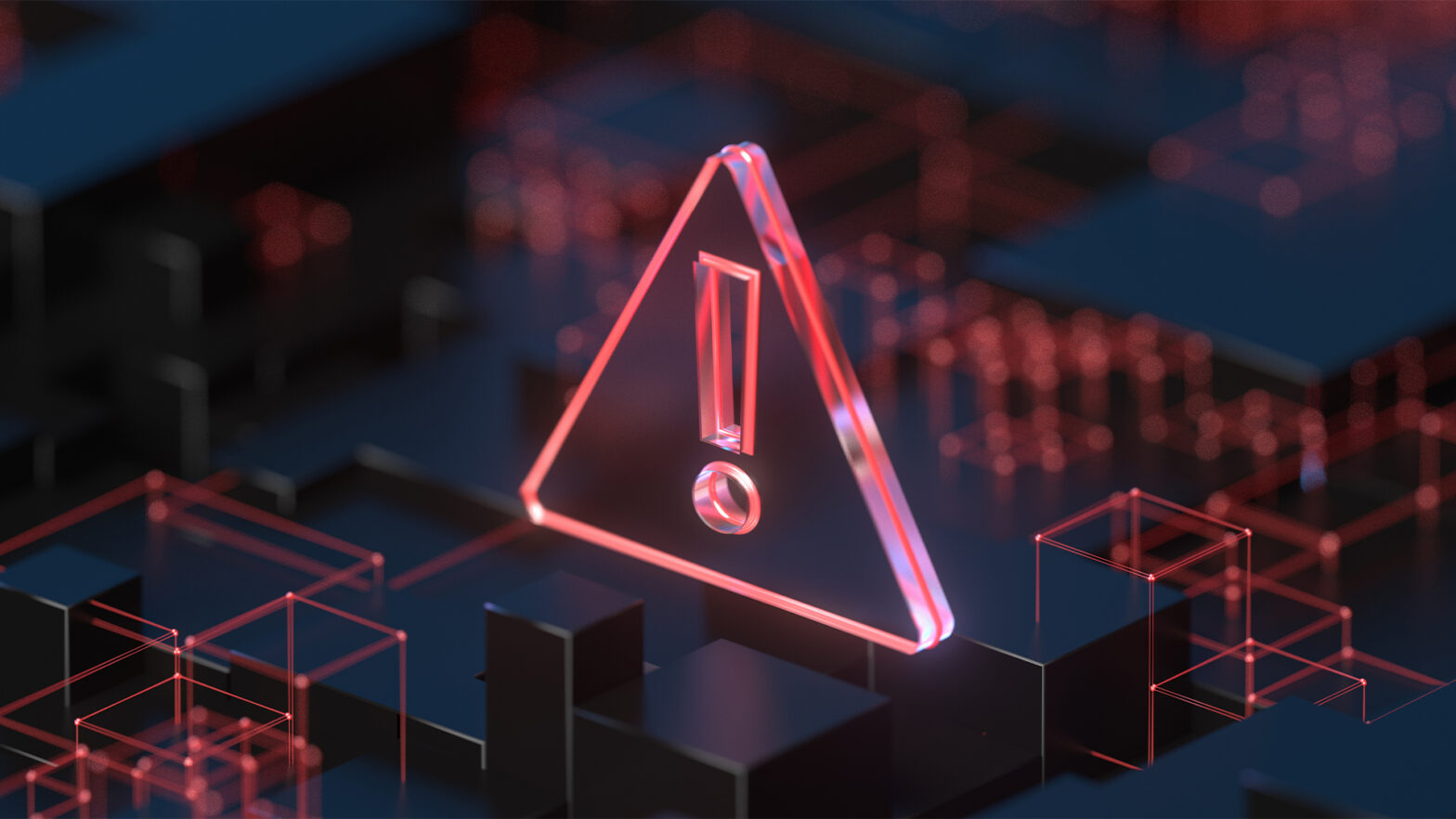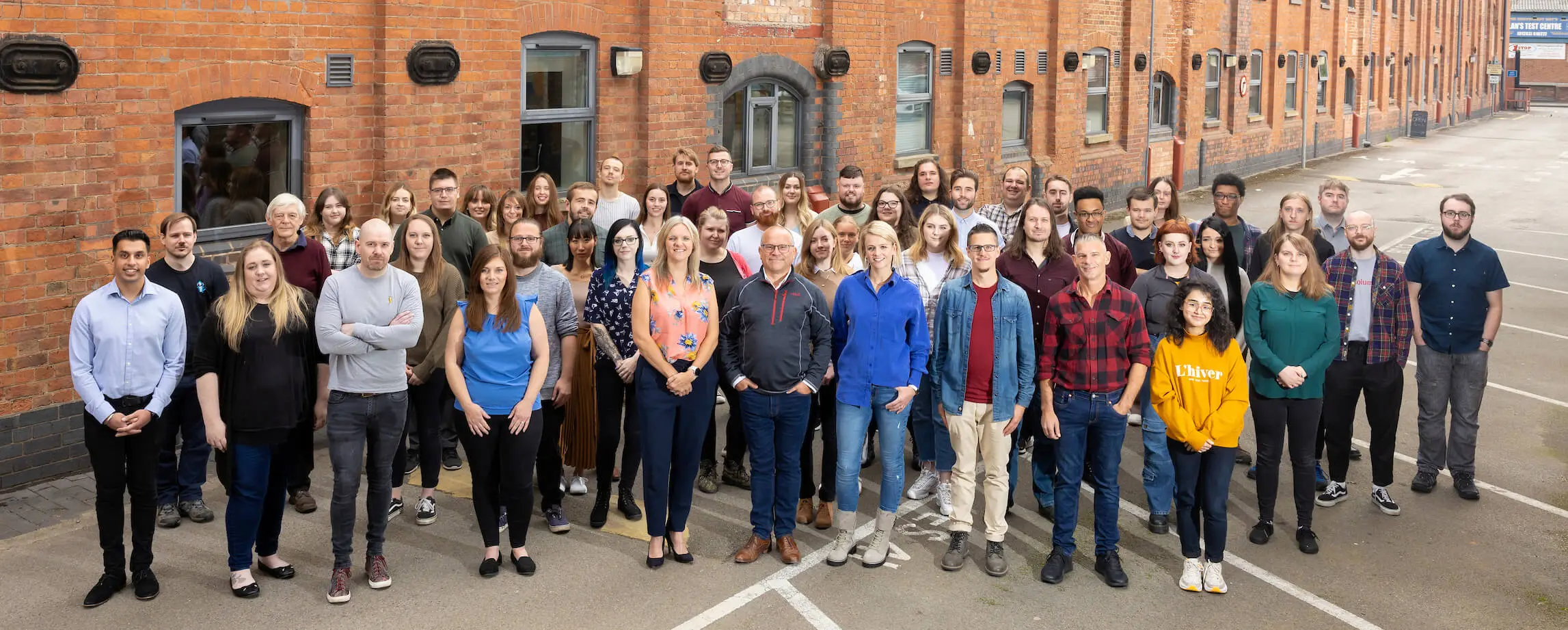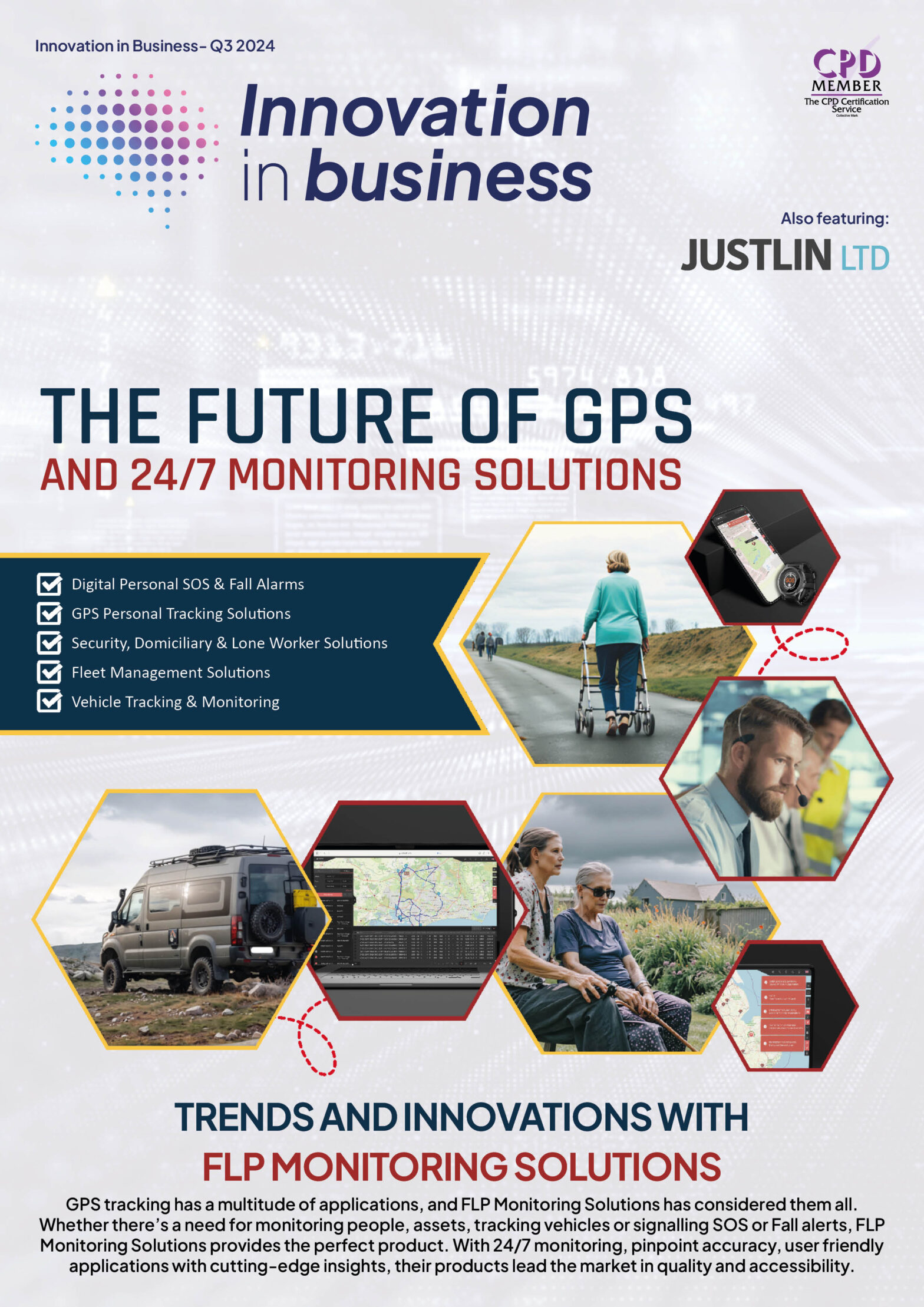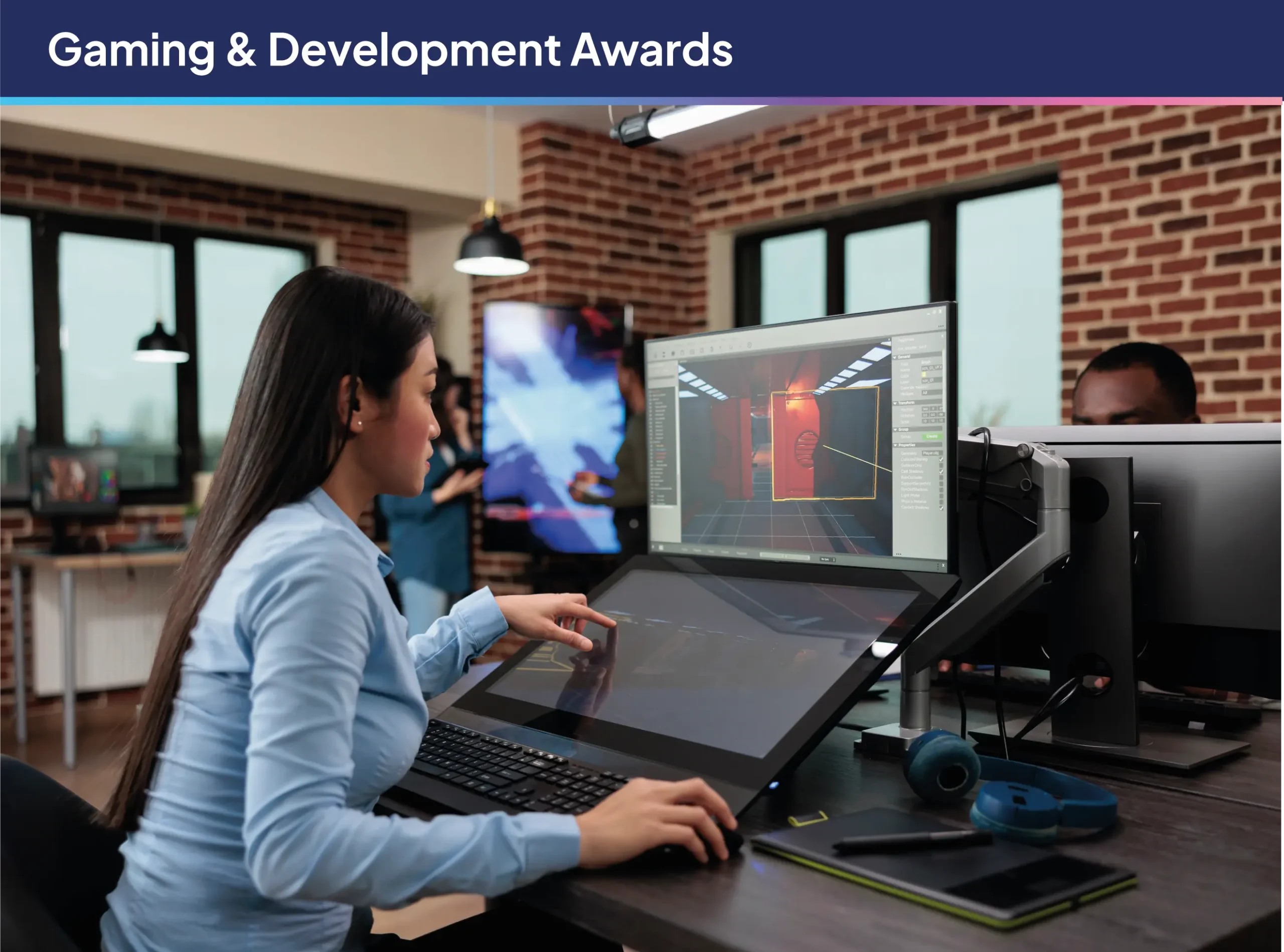Industrial robots are taking over. Well, they’re becoming much more common in the workplace. In fact, according to a report by the International Federation of Robotics, the number of robots in factories has almost doubled in recent years.
The 2021 World Robot Report shows that the global number of robots per 10,000 employees has risen from 66 to 126 between 2015–2020. So which sectors are reaping the rewards?
Here, we’ll explore just this, shining a light on industries benefitting the most from robotics.
Manufacturing
The nature of manufacturing has changed significantly in recent years, largely due to COVID-19. In fact, North American companies purchased 11,595 robots in the first quarter of 2022. This record high amounted to a staggering $646 million.
Robotics has many benefits for the sector, from improving precision to reducing packing times. ‘Kroger, the largest supermarket chain in North American uses robots in its warehouse worth $55 million. These help to pack an assortment of groceries, such as cereals and vegetables, efficiently.
Healthcare
Innovations in robotics have many uses within healthcare, ultimately improving the service that patients receive. Supplementary robots can transport goods, such as life-changing medication, around the hospital when nurses are understaffed or preoccupied. These robots can also disinfect hospital rooms and other areas using UV-C lighting.
Scientists are also working towards creating microbots – robots that are forecast to be as small as a single human cell. These may be able to travel through patients’ bodies and help repair the human body. They may also replace the need for some prescription medications. So microbots could revolutionize the delivery of healthcare around the world.
Battery manufacturing
The battery manufacturing sector benefits from the use of robotics. Companies that manufacture cells which are used inside battery packs incorporate robotics into their business operations. This is used during manufacturing and in-process transportation of products and materials.
However, Alex Stapleton, Sales Director at Alexander Technologies, a leading provider of customized lithium-ion batteries and chargers, points out that robotics are also often driven by battery packs:
“While some robotic solutions are fixed, such as a robotic arm on a production line, many others are untethered small vehicles for the purposes of transportation of goods and components. These might be AGVs (Automated Guided Vehicles) or AMRs (Autonomous Mobile Robots) in a variety of formats, such as pallet shuttles, mobile platforms, carts, and forklifts. In large, busy logistics operations, robots reduce the labour cost, can run 24/7, and can increase picking accuracy to 100% with no human error because they are computer controlled.
Agricultural robotics is also growing. This is allowing farms and farmers to lower their overheads for repeatable activities, such as seeding, weeding, picking, and feeding. It also monitors the growth and development of crops using AI combined with cameras, determining exactly when a crop is ready to be harvested or even harvesting individual plants at the optimum moment.
“Thoughtfully designed, robust, and long-lasting lithium-ion battery packs give these applications enough energy to run for an extended time. The same technology means that the robots can be recharged very quickly and re-deployed with minimal downtime. Logistics robots wouldn’t be possible without batteries because warehouses need to be zero-emissions environments. Similarly, agricultural robotics may be deployed in the field, supported by solar panel installations, meaning no grid connection is needed to make the transition.”
Education
Robotics is also highly beneficial within the education system. Teachers and learning professionals are able to use robotics to help students within the classroom, all the way from primary school to higher education. There is currently a robot that is designed to communicate with children and ask logical questions.
Not only is this beneficial for students, but these robots will help teachers amid growing class sizes. The future also seems bright for robotics within education. According to Anthony Sheldon, a British educational expert, these robots will replace teachers as the main educational leaders. So teachers could become assistants in the future.
There is no limit to the usefulness of robotics. Scientists will continue to innovate and create new pieces of technology that surpass our wildest dreams, proving essential to advancing the sector you work in. If these are the machines of today, we can only imagine what tomorrow has in store for us.



























